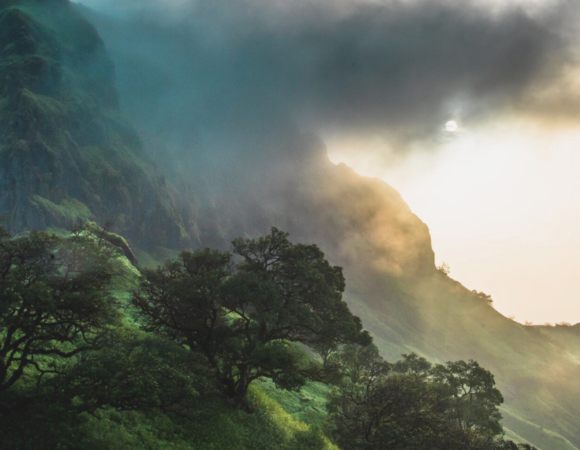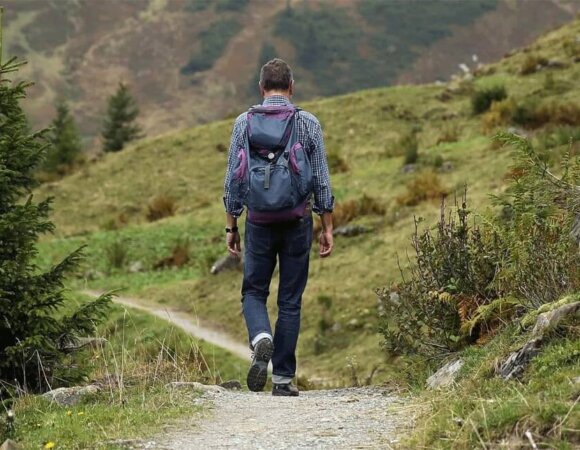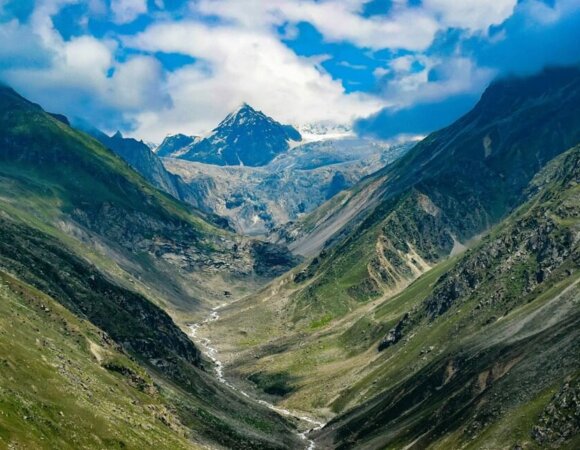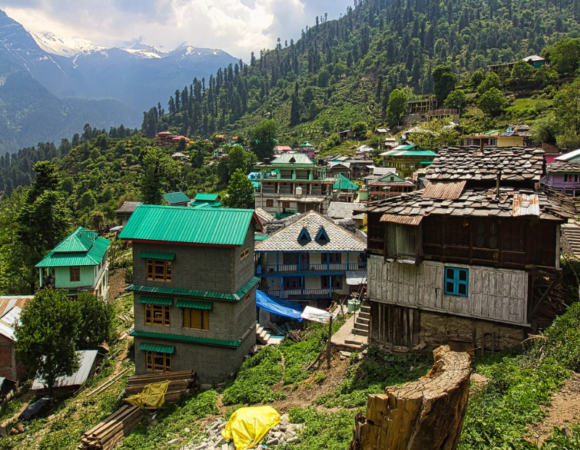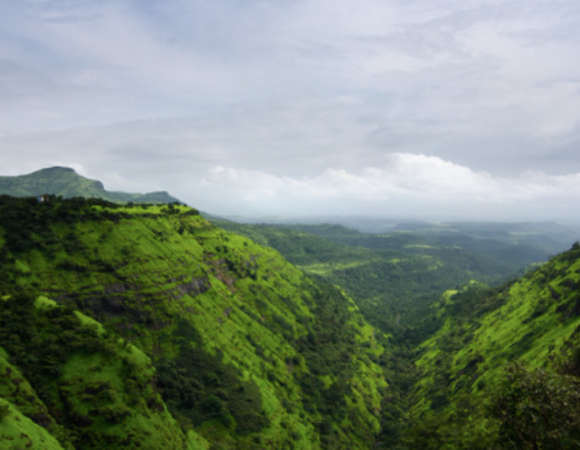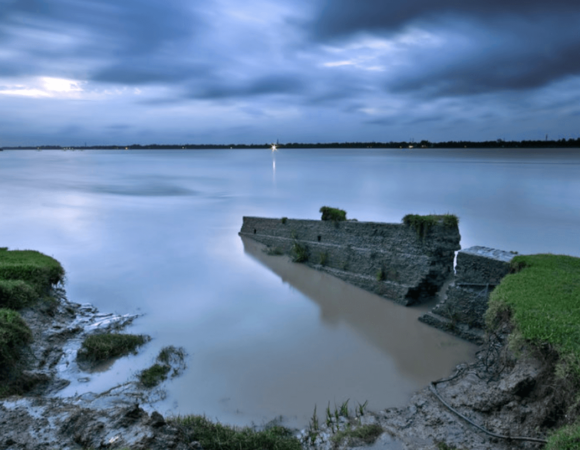Guide to Photography Trekking: Benefits, Tips, Destinations, and How to Plan It
Discover the ultimate guide to photography trekking. Learn its benefits, best tips, top destinations in India, and how to plan an unforgettable trek photography experience.
Table of Contents
TogglePhotography trekking is a perfect blend of adventure and creativity. It allows you to explore breathtaking landscapes while capturing nature’s beauty through your lens. Whether you are an amateur or a professional photographer, trekking through scenic trails provides countless opportunities for stunning trek photography. This guide will take you through the benefits, essential tips, top destinations in India, and how to plan your perfect photography trekking journey.
Benefits of Photography Trekking
Photography trekking offers a special adventure that combines outdoor exploration, physical activity, and the opportunity to express your creativity through photography. If you’re considering trying it, here are some great reasons to give it a go:
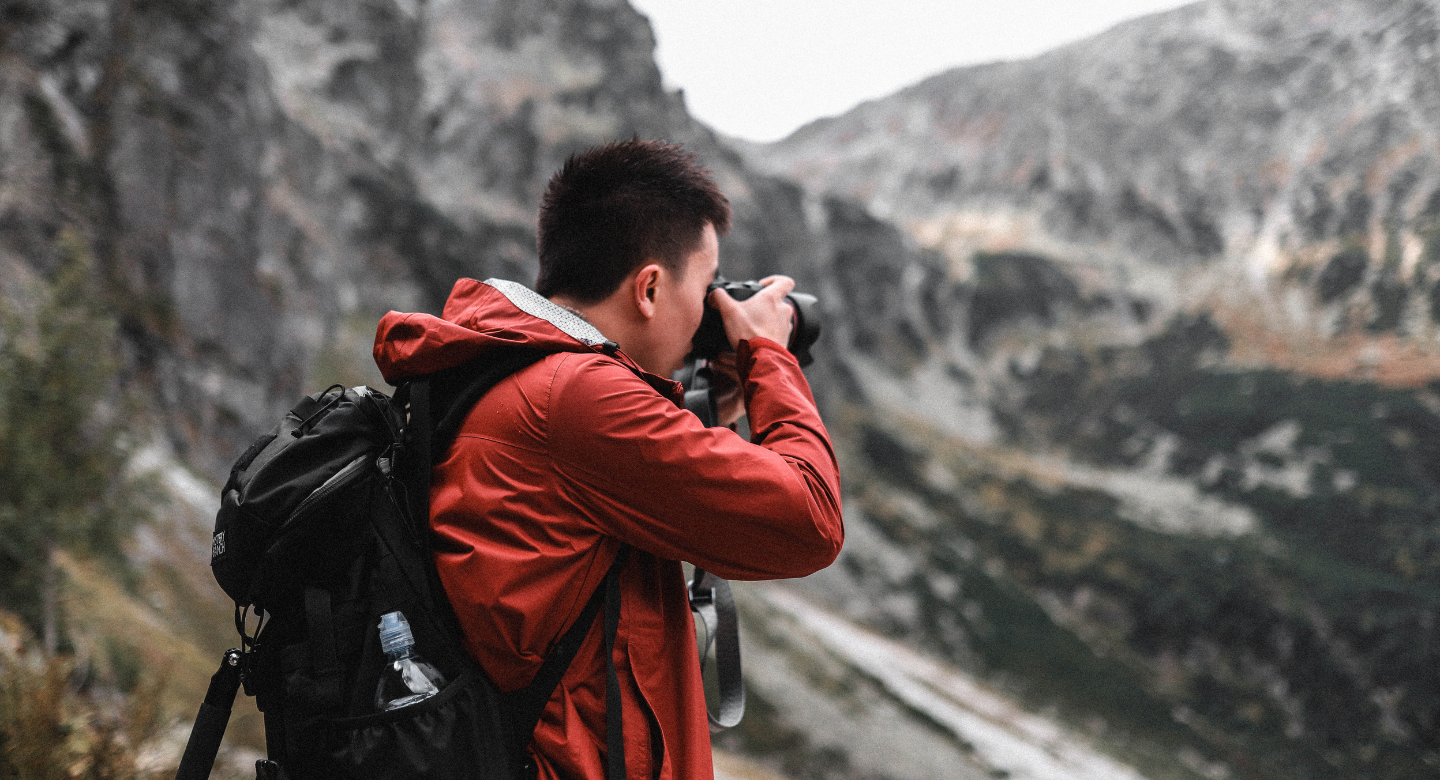
Boosts Creativity
Trekking in nature provides endless opportunities to experiment with lighting, colors, and landscapes. From sunrise to sunset, the ever-changing scenery will inspire you to think outside the box and try new techniques. Every moment in nature offers something new to capture, pushing your creativity to grow and evolve.
Improves Physical Fitness
Trekking itself is a fantastic way to stay active. Hiking up trails and walking through challenging terrain helps improve your endurance and strength. On top of that, carrying your camera gear adds a bit of extra weight, which can be a good workout for your arms and shoulders. It’s a fun way to get fit while doing something you enjoy!
Promotes Mental Relaxation
Spending time outdoors, especially in quiet, peaceful locations like the mountains, helps clear your mind and reduces stress. Being far from the noise and rush of city life allows you to fully immerse yourself in nature, which can refresh and re-energize you. The time spent focusing on your surroundings and your photography helps you feel more centered and calm.
Capturing Special Moments

One of the best things about photography trekking is the chance to document rare and beautiful moments. Whether it’s a stunning sunset, an encounter with wildlife, or a glimpse of local culture, you’ll capture moments that few others have the opportunity to see. These images become memories you can cherish and share with others, offering a window into the world that many people might never experience firsthand.
Building a Photography Portfolio
If you’re passionate about photography, trekking can help you create a stunning collection of images. Beautiful landscapes, wildlife shots, and cultural scenes can make your portfolio stand out. Whether you want to use your photos for personal enjoyment or to pursue a professional photography career, trekking is an excellent way to capture amazing shots and build your skills over time.
Top Tips for Trek Photography
Trekking with a camera can be an incredible way to capture the beauty of nature, but it requires some planning and preparation. Follow these essential tips to help you get the best shots on your adventure:
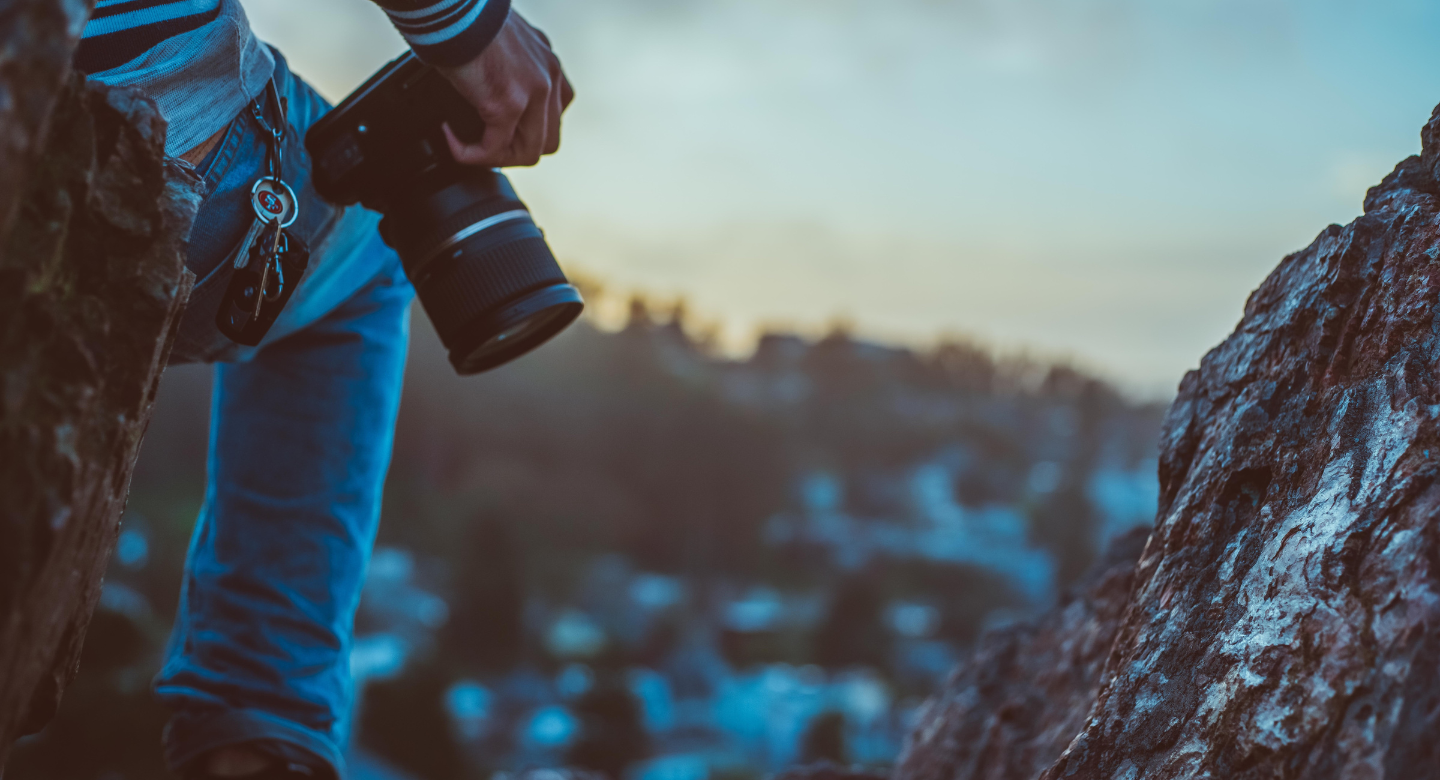
Pack Light, Pack Smart
When trekking, it’s important to keep your gear as light and efficient as possible. You don’t want to carry too much weight on a long hike. Pack only the essentials: a good DSLR or mirrorless camera, two versatile lenses (a wide-angle lens for sweeping landscapes and a telephoto lens for capturing distant subjects), and a lightweight tripod to steady your shots. Keep your gear minimal to save energy for the trek itself, but ensure you have the right equipment to get great photos.
Use Natural Light Effectively
Natural light can make or break your photos, so learn to use it wisely. The golden hour—the time just after sunrise and before sunset—offers the softest, most flattering light for landscape photography. During these times, the light creates long shadows and adds a magical glow to your photos. Take advantage of this window of opportunity for the best results!
Protect Your Gear
Trekking exposes your camera gear to the elements, so it’s important to protect it. Invest in a good waterproof camera bag to shield your gear from rain, moisture, or dust. Also, consider packing silica gel packs inside your bag to absorb excess moisture and prevent condensation. This will help keep your equipment in top condition throughout the trek.
Shoot in RAW

If you want the highest quality images and more control over post-processing, always shoot in RAW format. RAW files retain more data, which means you can adjust exposure, white balance, and other settings in editing software without losing image quality. This is especially helpful when dealing with tricky lighting conditions, such as bright skies or dark shadows.
Experiment with Perspectives
Don’t just settle for the obvious shot—experiment with different perspectives! Try taking low-angle shots to emphasize a dramatic foreground or look for elevated spots to capture sweeping vistas. If you have a drone, aerial shots can add a unique perspective and give your images a fresh look. Changing your viewpoint can make a world of difference in the final result.
Capture Motion and Stillness
Nature is full of movement, whether it’s a waterfall, a flowing river, or animals in action. For motion shots, use a slower shutter speed to create a smooth, flowing effect. For instance, slow down the shutter to capture the blur of a waterfall or the movement of clouds. On the other hand, when photographing wildlife or other fast-moving subjects, use a fast shutter speed to freeze the action and capture sharp details.
Be Patient and Observant
Trek photography is not just about pressing the shutter button—it’s about observing your surroundings and waiting for the right moment. Sometimes, the best shot happens when the light is just right, or when an animal comes into the frame at the perfect time. Take your time, be patient, and watch closely for unique moments that will make your photos stand out.
Best Photography Trekking Destinations in India
India offers a diverse range of landscapes, from the Himalayas to the Western Ghats. Here are some top destinations for photography trekking:
1. Valley of Flowers, Uttarakhand
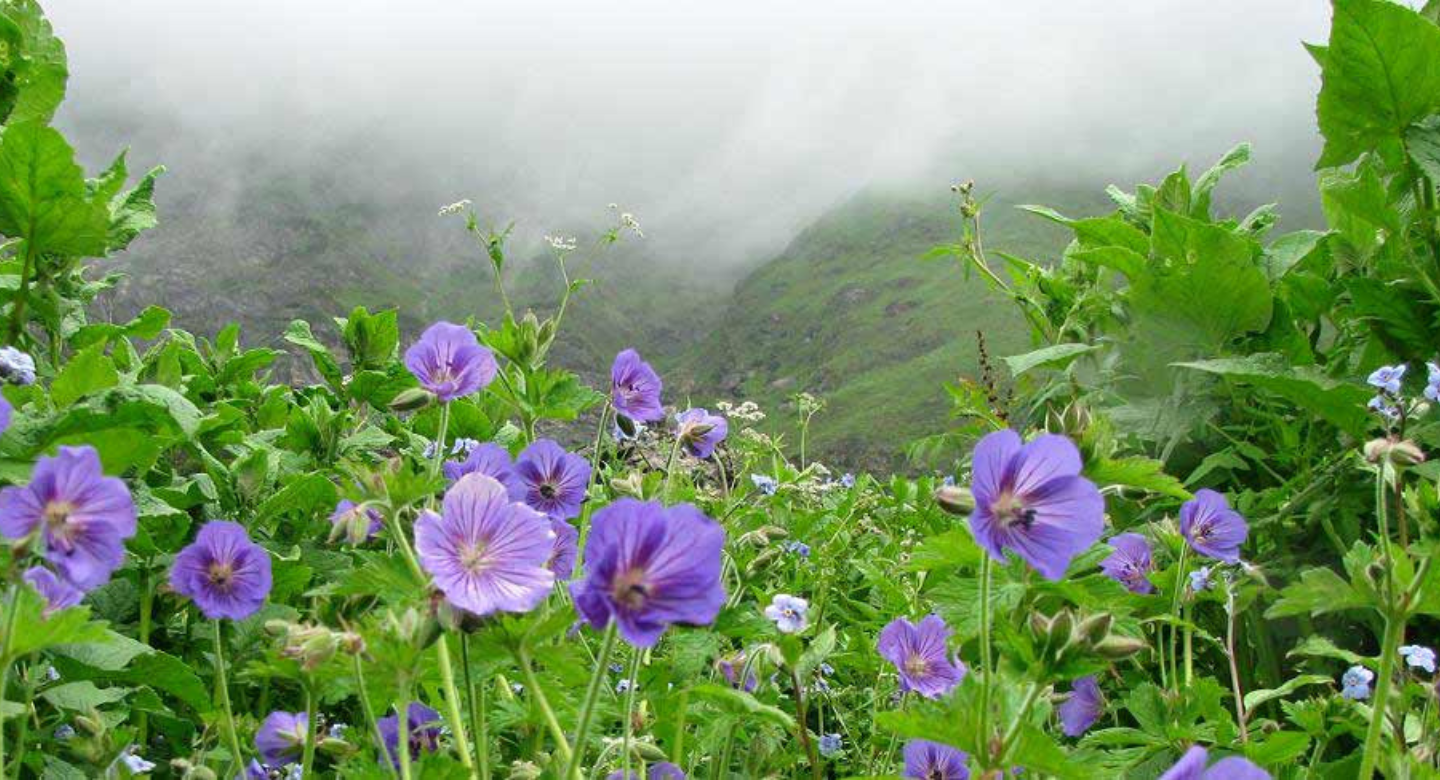
The Valley of Flowers is a UNESCO World Heritage Site renowned for its stunning meadows filled with vibrant alpine flowers. The trek provides a stunning opportunity for nature and macro photography, with rare species of flora and fauna like the blue sheep and snow leopards. The area is lush and colorful, especially during the monsoon season, making it perfect for capturing the beauty of wildflowers in their full bloom.
| Altitude | 14,107 ft |
| Distance | 38 KM |
| Duration | 6 Days |
| Grade | Easy to Moderate |
| Best Time | July to September |
2. Spiti Valley, Himachal Pradesh
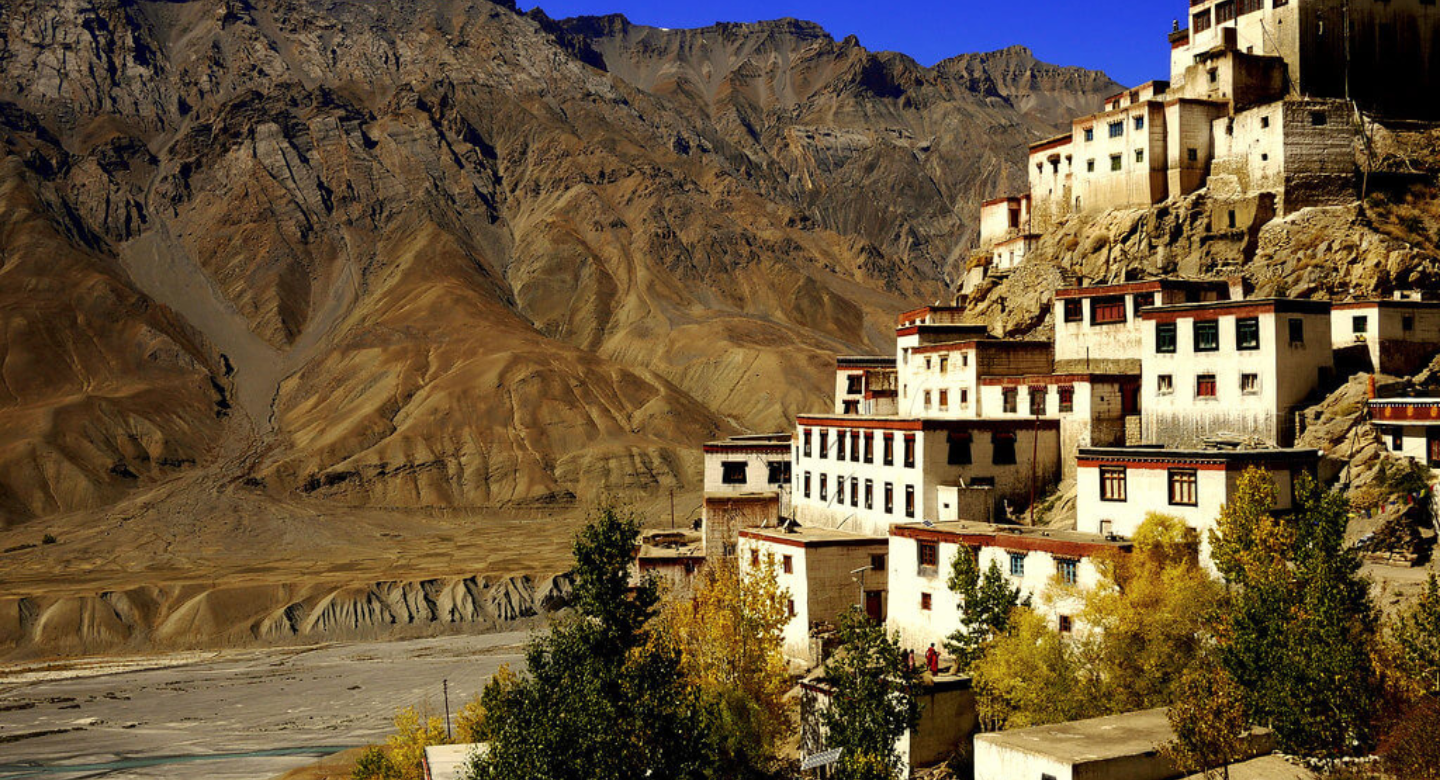
Spiti Valley is a high-altitude desert that offers rugged landscapes with barren hills, ancient monasteries, and clear blue skies. The valley’s remote and untouched beauty makes it a fantastic location for photography, especially when capturing its starry nights, ancient architecture, and the cultural heritage of the region. Spiti is often referred to as the “Little Tibet” of India, providing dramatic and unique photo opportunities.
| Altitude | Varies |
| Distance | Varies |
| Duration | 7-9 Days |
| Grade | Moderate to Difficult |
| Best Time | June to October |
3. Sandakphu, West Bengal
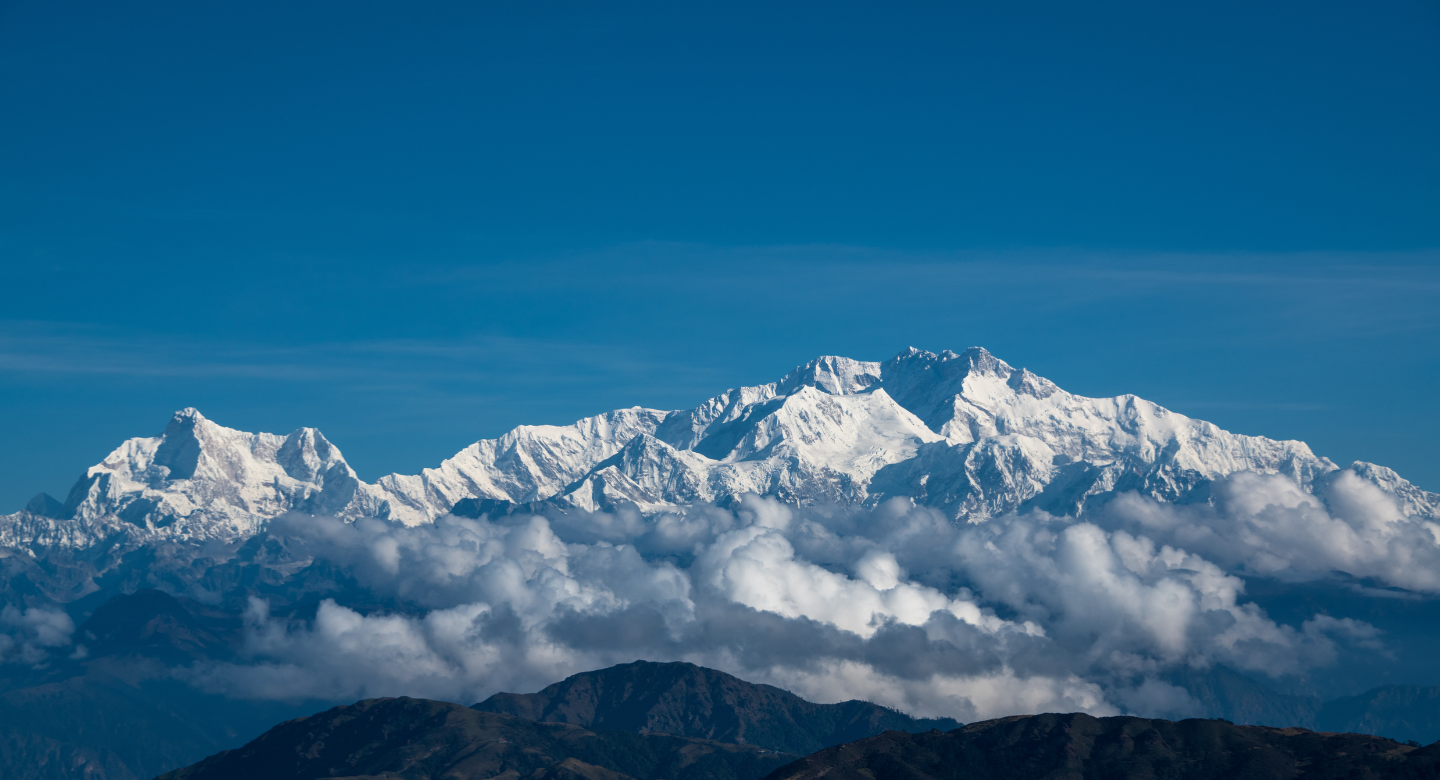
Sandakphu, the highest point in West Bengal, offers some of the most breathtaking panoramic views in the Himalayas, including the world’s four highest peaks: Everest, Kanchenjunga, Lhotse, and Makalu. The trek is famous for its clear skies and stunning sunrise and sunset views over the snow-capped peaks, making it an ideal destination for landscape photography.
| Altitude | 11,929 ft |
| Distance | 51 km |
| Duration | 6 Days |
| Grade | Moderate |
| Best Time | October to April |
4. Tarsar Marsar, Jammu & Kashmir
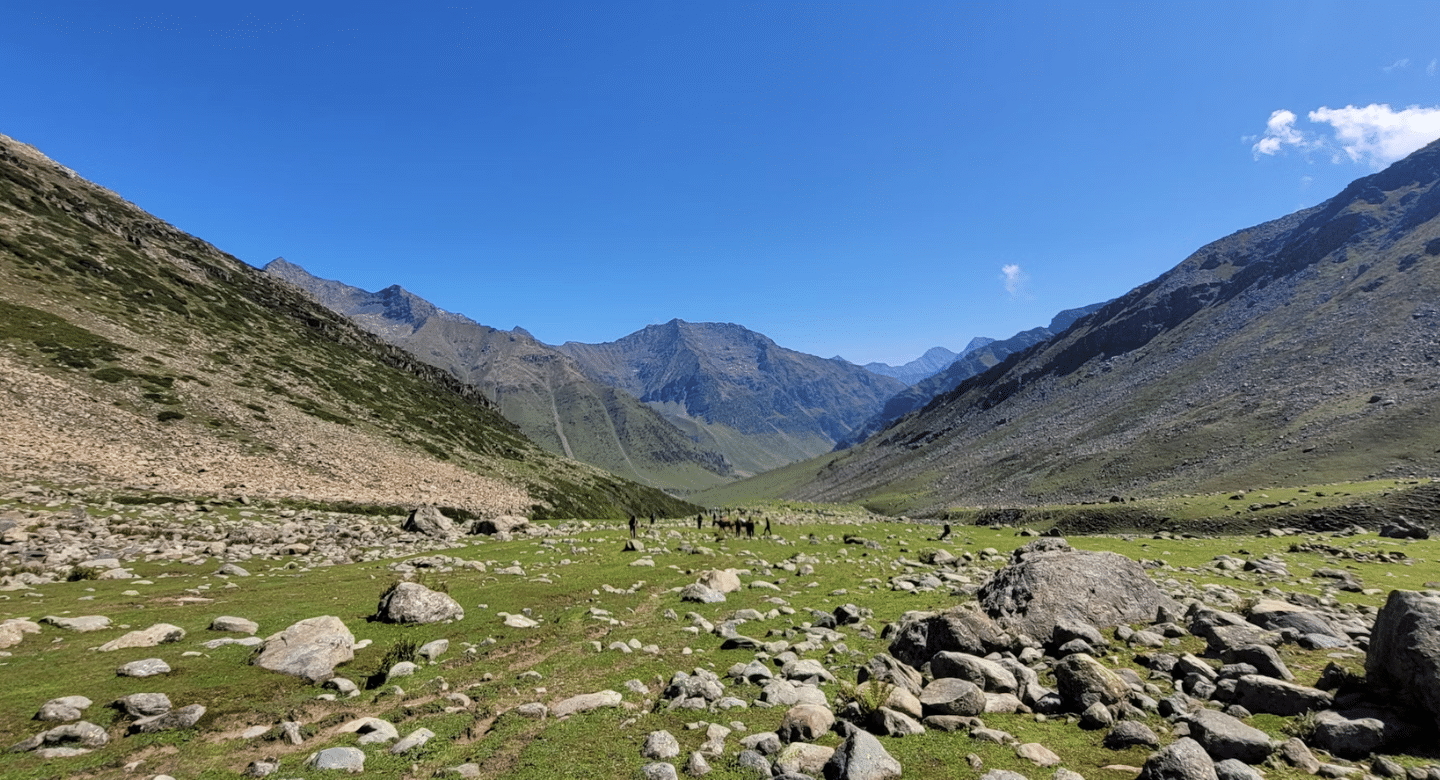
The Tarsar Marsar trek takes you to two pristine alpine lakes nestled amidst snow-capped peaks in the Pir Panjal Range. The twin lakes, Tarsar and Marsar, are incredibly picturesque, reflecting the surrounding mountains in their crystal-clear waters. The trek offers amazing photo opportunities, especially at sunrise and sunset, when the lakes mirror the sky and the mountains.
| Altitude | 13,000 ft |
| Distance | 48 km |
| Duration | 7 Days |
| Grade | Moderate |
| Best Time | July to September |
5. Kedarkantha Trek, Uttarakhand
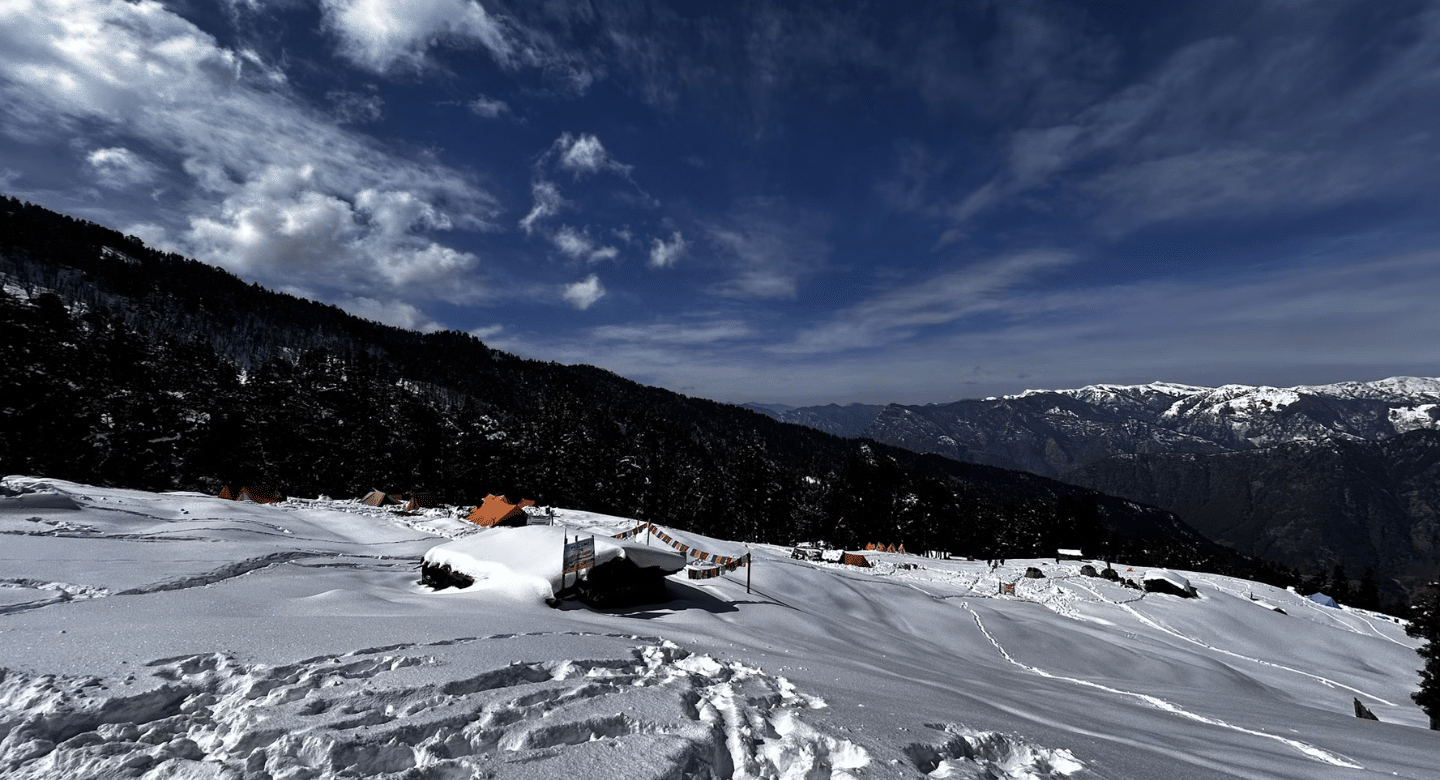
Kedarkantha is one of the most popular winter treks in India, known for its snow-covered peaks and beautiful vistas. The trek is perfect for those who love capturing snow landscapes, with stunning views of snow-clad forests and pristine white meadows. The sunrise from the summit, with views of the Garhwal Himalayas, is one of the most photographed moments on this trek, making it a must-visit destination for photographers.
| Altitude | 12,500 ft |
| Distance | 20 km |
| Duration | 6 Days |
| Grade | Easy to Moderate |
| Best Time | December to April |
6. Dzükou Valley, Nagaland
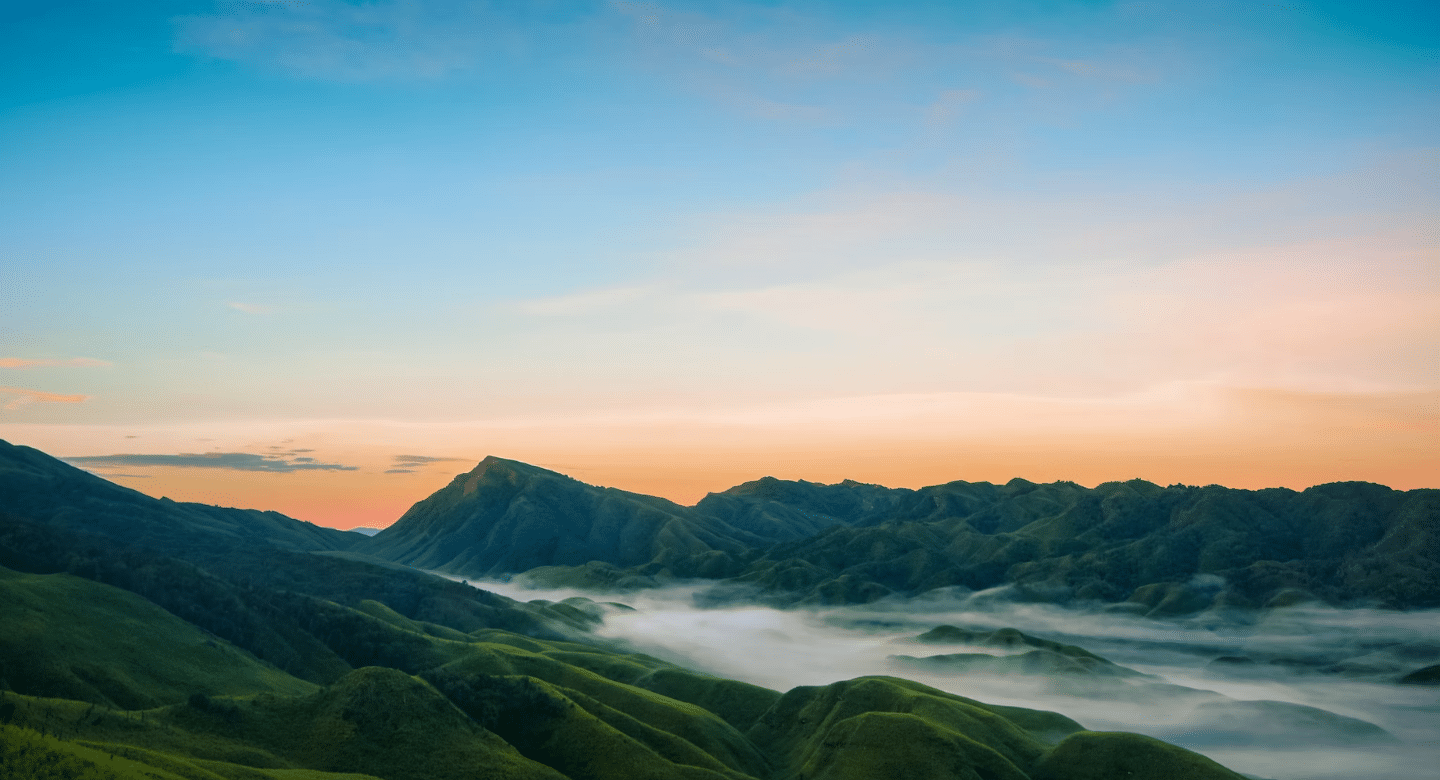
Dzükou Valley is famous for its rolling green hills, breathtaking valley views, and the rare Dzukou Lily, which blooms in late summer. The valley’s serene and lush environment makes it perfect for capturing natural beauty. The trek offers a combination of floral photography, sweeping landscapes, and the chance to capture the valley’s peaceful atmosphere. The valley is also home to various indigenous tribes, providing an opportunity to photograph local culture amidst natural beauty.
| Altitude | 2,4000 ft |
| Distance | 15 km |
| Duration | 4-5 Days |
| Grade | Moderate |
| Best Time | June to September |
How to Plan a Photography Trekking Trip
Planning a photography trekking trip requires thoughtful preparation to ensure you get the most out of your adventure, both in terms of capturing stunning photos and having an enjoyable experience. Here’s a step-by-step guide to help you plan the perfect trekking photography journey:
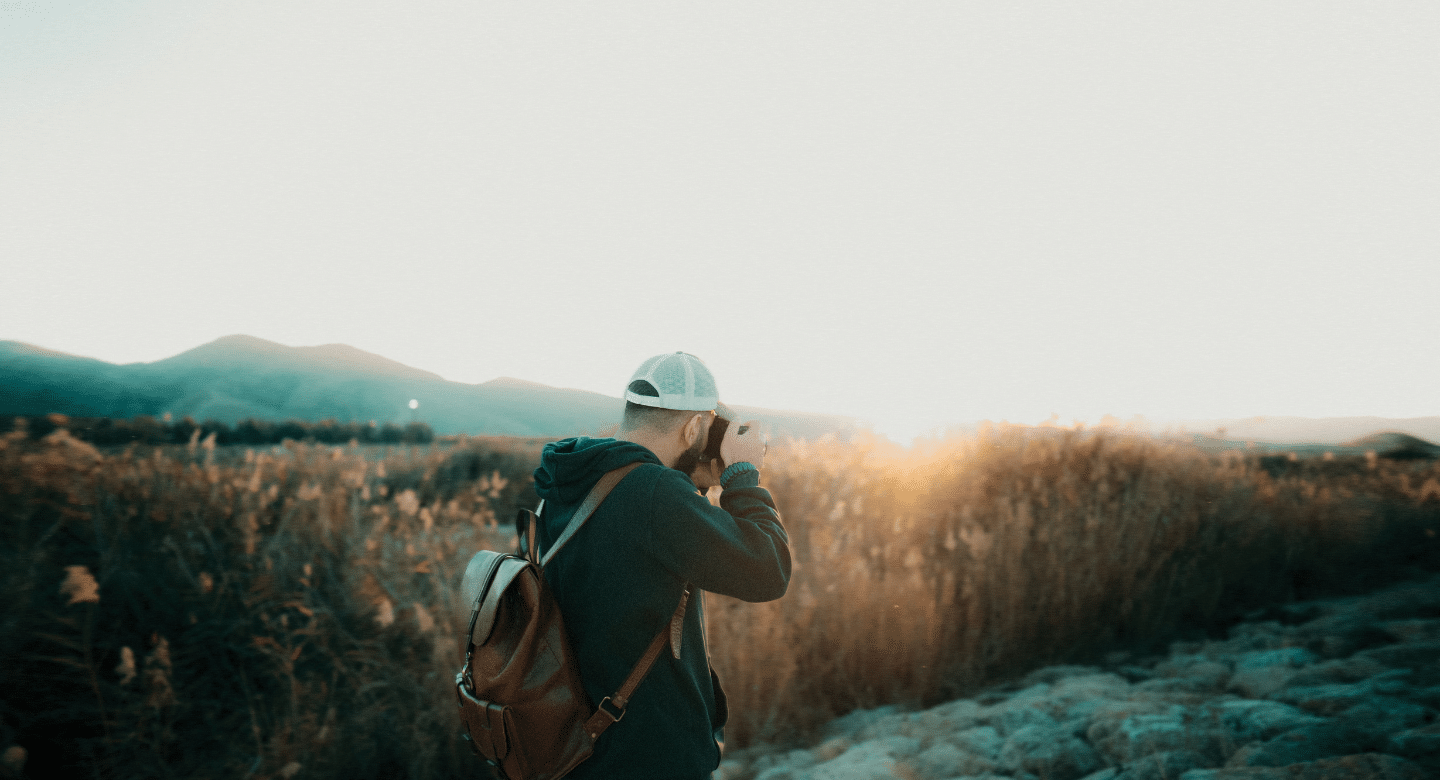
Choose the Right Trek
The first step is to pick a trek that suits your photography interests. Think about what type of landscapes or subjects you want to photograph. Are you drawn to mountains, wildlife, waterfalls, or cultural sites? Make sure the trek you choose offers the kind of scenery that will inspire you and provide ample opportunities to capture breathtaking images.
Check Weather Conditions
The weather plays a big role in the success of your photography trek. Research the best time of year to visit your chosen trek to ensure you avoid extreme weather conditions like heavy rain or snow. Ideal weather will give you clear skies, beautiful light, and the right conditions for great photos. Checking the weather forecast regularly will also help you stay prepared and make adjustments as needed.
Plan Your Gear Wisely
Besides your camera, make sure to bring along the essentials for a smooth trek. Carry extra batteries, as photography gear can drain power quickly, especially in cold conditions. Pack a few memory cards to avoid running out of storage space for your photos. A portable power bank can also be a lifesaver, especially if you’re trekking in remote areas where charging might not be possible.
Pack Efficiently
Choose a comfortable, durable trekking backpack that fits all your gear without weighing you down. Pack light but smart—carry the essentials you’ll need for the trek, such as a rain cover to protect your equipment in case of unexpected weather, and snacks like energy bars to keep you fueled. Remember that the lighter your pack, the easier the trek will be. Prioritize essentials over non-essentials.
Book Accommodation in Advance
If your trek involves staying at homestays, campsites, or lodges along the way, it’s best to book accommodations in advance. Popular trekking routes can get booked up quickly, especially during peak seasons. Early booking ensures you have a place to stay and reduces stress during your trek, leaving you more time to focus on photography.
Stay Hydrated and Energized
Trekking, especially over long distances or in challenging terrain, can be physically demanding. To maintain your energy and stay sharp for photography, it’s essential to stay hydrated and snack regularly. Carry a water bottle or hydration system and sip water throughout the trek. Also, pack small, energy-boosting snacks like nuts, fruits, or granola bars to keep your energy levels up.
Follow Ethical Photography Practices
When photographing nature, wildlife, or local communities, it’s important to be respectful and responsible. Don’t disturb wildlife or their habitats—keep a safe distance and avoid influencing their behavior. If you’re photographing local people, always ask for permission first, especially in cultural or religious settings. Respect the environment and communities around you, and follow local guidelines to ensure your photography doesn’t harm the places or people you’re documenting.
Conclusion on Guide to Photography Trekking: Benefits, Tips, Destinations, and How to Plan It
In conclusion, India offers some of the most diverse and breathtaking landscapes for photography trekking, catering to all levels of adventurers. Whether you’re drawn to the vibrant meadows of the Valley of Flowers, the stark beauty of Spiti Valley, or the snowy peaks of Kedarkantha, each destination offers unique opportunities to capture the essence of nature at its most majestic. These treks provide not only an unforgettable physical experience but also a chance to hone your photography skills in some of the world’s most stunning settings. The combination of adventure and artistic expression makes trekking in India a truly special experience for photographers of all levels.
Before embarking on any of these treks, it’s important to plan ahead, considering factors like the best time to visit, the difficulty level, and the type of photography you’re most interested in. With the right preparation, each of these destinations offers something extraordinary, from incredible wildlife sightings to mesmerizing landscapes and cultural richness. No matter which trek you choose, you’re bound to leave with unforgettable memories and a portfolio of stunning photographs that showcase India’s natural beauty in all its glory.
Explore More
Adventure Trekking Guide: Benefits, Tips, Destinations & Influencers
Guide to Social Trekking: Benefits, Tips, Destinations
10 Must-Visit Trekking Routes for Photographers in India
Frequently Asked Questions (FAQs) on Guide to Photography Trekking: Benefits, Tips, Destinations, and How to Plan It
What is photography trekking?
Photography trekking combines hiking with capturing stunning landscapes and wildlife through photography. It’s about exploring remote locations while focusing on nature and cultural shots.
Which is the best time to visit the Valley of Flowers?
The best time to visit the Valley of Flowers is from July to September, when the meadows are in full bloom and the landscapes are vibrant with alpine flowers.
What makes Spiti Valley a great photography destination?
Spiti Valley offers rugged landscapes, high-altitude deserts, and starry night skies, making it a perfect place for capturing the unique beauty of barren mountains and ancient monasteries.
What are the famous peaks visible from Sandakphu?
Sandakphu offers panoramic views of the world’s four highest peaks: Mount Everest, Kanchenjunga, Lhotse, and Makalu, providing breathtaking photo opportunities.
What is the Tarsar Marsar trek known for?
The Tarsar Marsar trek is famous for its twin alpine lakes, Tarsar and Marsar, which are surrounded by snow-capped peaks and reflect the clear skies, making it a prime location for landscape photography.
Is the Kedarkantha trek suitable for beginners?
Yes, the Kedarkantha trek is an easy to moderate trek, making it ideal for beginners, especially those who want to capture snow-covered landscapes and stunning sunrise views.
When is the best time to go on the Dzükou Valley trek?
The best time to visit Dzükou Valley is from June to September, when the valley is lush and green, and the rare Dzukou Lily blooms, creating an excellent opportunity for floral and landscape photography.
What should I pack for a photography trekking trip?
Apart from your camera gear, pack essential items like extra batteries, memory cards, a portable power bank, a waterproof bag, comfortable trekking shoes, and light snacks for energy during the trek.
How physically demanding are these treks?
The difficulty of the treks varies. Some treks like Kedarkantha and Valley of Flowers are easy to moderate, while others like Spiti Valley and Tarsar Marsar may be more challenging. Always choose a trek that matches your fitness level.
How can I ensure that my photography respects nature?
Always follow ethical photography practices: avoid disturbing wildlife, stay on designated trails, and ask for permission before photographing locals. Respect the environment by minimizing your impact and leaving no trace behind.

